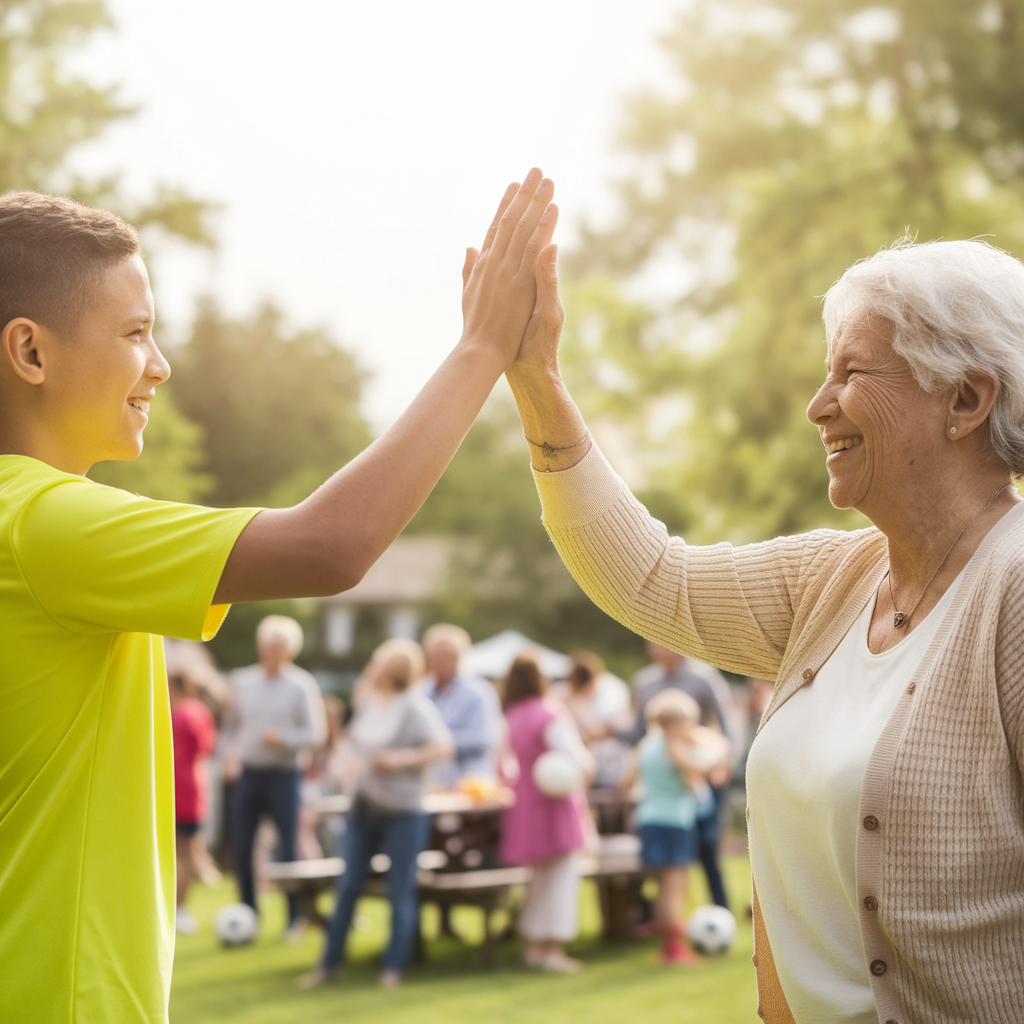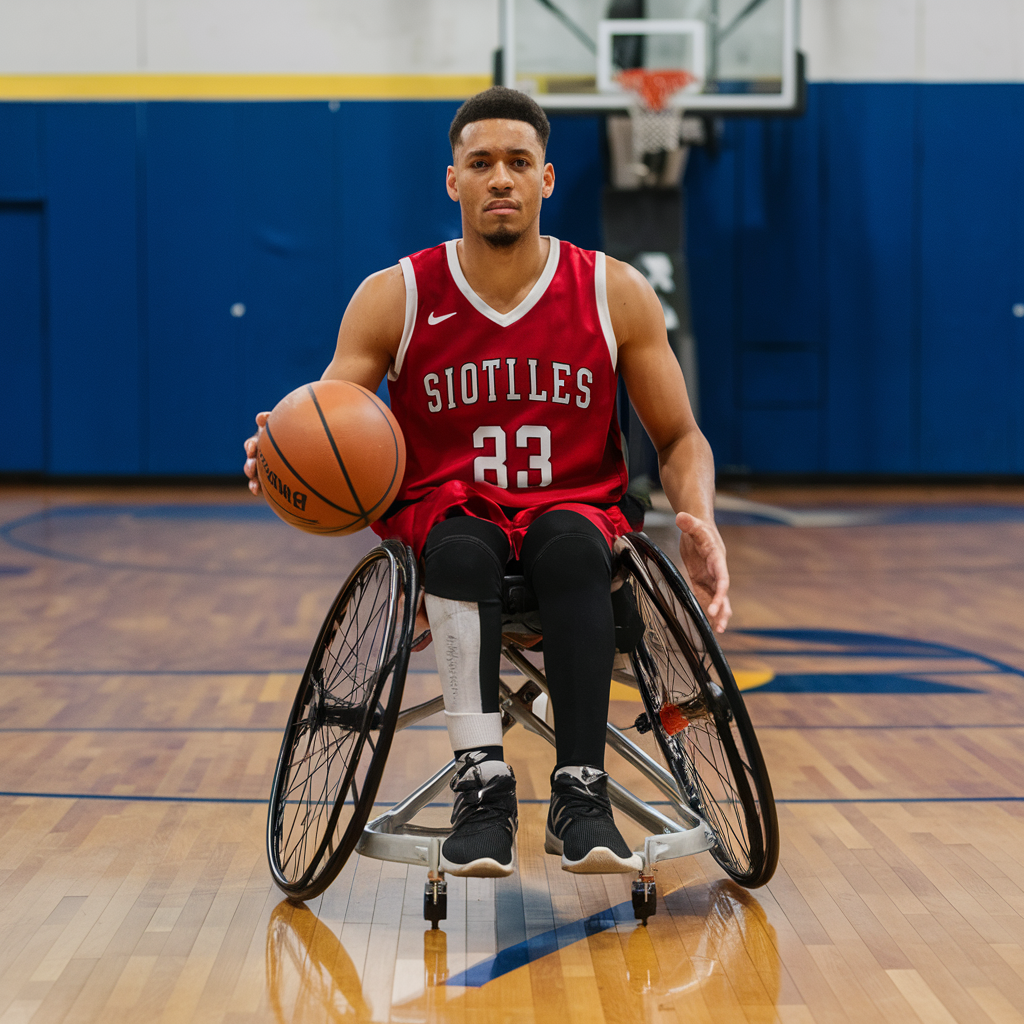The Connection Between Sports and Community Wellbeing
When we think about sports, visions of athletic heroes, nail-biting finishes, and record-breaking performances often come to mind. But there’s a deeper layer to sports that transcends the field: the connection between sports and community wellbeing. It’s an intricate web, weaving together social bonds, mental health benefits, and even economic implications. Let’s dive into this fascinating intersection.
A Historical Perspective
To appreciate the role of sports in community wellbeing, it helps to look back at how sports have historically united people. From the ancient Olympic Games in Greece to the modern-day World Cup, sports have served as a platform for collective identity and pride. I remember attending a local high school football game where the bleachers were packed with families, friends, and alumni—all rallying around their team. The atmosphere was electric, and what struck me was how these events became the backbone of community spirit.
In many cultures, sporting events are not just about competition; they are social gatherings that foster connections. Community leagues and amateur sports often serve as a melting pot, where individuals from different backgrounds come together. This social cohesion can significantly enhance a community’s overall wellbeing.
Physical Health Benefits
One of the most obvious benefits of sports is the promotion of physical health. Engaging in regular physical activity reduces the risk of chronic diseases, enhances cardiovascular health, and improves overall fitness levels. Communities that prioritize sports often see a decline in obesity rates and related health issues. Some studies suggest that areas with more accessible recreational facilities experience higher levels of physical activity among residents.
Consider, for instance, a neighborhood park with well-maintained basketball courts and soccer fields. This park becomes a hub for families to gather, kids to play, and adults to engage in friendly matches. It’s not just about getting fit; it’s about forging relationships. The laughter of children, the cheers of spectators, and the camaraderie among players all contribute to a healthier, happier community.
Mental Health and Sports
But it’s not just physical health that benefits from sports. Mental health is intrinsically linked to our engagement in physical activities. Participating in sports can alleviate stress, reduce anxiety, and combat depression. There’s something about the rush of endorphins that comes with a good game—trust me, I’ve experienced it firsthand on more than one occasion.
Community sports programs often emphasize inclusivity, allowing individuals to engage in team-oriented activities that enhance their sense of belonging. According to Dr. Emily Chen, a psychologist specializing in sports psychology, “When individuals participate in team sports, they forge connections that can lead to better mental health outcomes. The support system built through these activities can be crucial for those struggling with mental health issues.”
In my own life, I recall a particularly challenging period when I took up running. Joining a local running club not only improved my fitness but also introduced me to a group of supportive friends. The early morning runs became less about the miles and more about the laughter and shared stories. It was a reminder that sports could be a lifeline in tough times.
Building Social Connections
The social aspect of sports cannot be understated. Community sports serve as a vehicle for bringing people together, fostering friendships, and creating networks of support. These relationships can be especially vital in times of crisis. For example, during the pandemic, many communities turned to sports as a way to stay connected. Virtual running clubs and online fitness challenges became the norm, allowing people to maintain social ties even when physical interactions were limited.
Moreover, sports can bridge gaps between generations. Consider a local baseball league where grandparents coach their grandchildren. This intergenerational interaction not only fosters learning but also strengthens family bonds. It’s heartwarming to see grandkids proudly wearing their grandparents’ old jerseys, connecting the past with the present.
Economic Impacts of Sports on Communities
You might be surprised to learn that sports can also have a significant economic impact on communities. Local sports events attract visitors, boost local businesses, and create jobs. Think about the bustling atmosphere during a city marathon: hotels are filled, restaurants thrive, and local shops see a surge in customers. These economic benefits can be substantial, especially in smaller towns where sports events can be the highlight of the year.
Furthermore, investing in sports facilities can lead to long-term economic growth. A study by the National Association of Sports Commissions found that for every dollar invested in sports infrastructure, communities can expect a return of three to four dollars in economic activity. This isn’t just pie-in-the-sky theory; it’s happening in towns across the country. When communities invest in their sports programs, they invest in their future.
The Role of Volunteerism
Community sports often rely heavily on volunteers—coaches, organizers, and parents who dedicate their time and energy to help others. This spirit of volunteerism not only enriches the sporting experience but also fosters a sense of ownership and pride within the community. I once volunteered as a coach for a youth soccer team, and let me tell you, the experience was as rewarding as it was chaotic. Watching kids develop their skills and build friendships was a joy, and the bonds formed among parents and volunteers were equally heartening.
Volunteering in sports also provides opportunities for personal growth. Individuals learn leadership skills, teamwork, and the importance of community service. According to a recent survey, many volunteers reported feeling more fulfilled and connected to their communities after engaging in sports-related activities.
Inclusivity in Sports
Inclusivity is a crucial aspect of community wellbeing that sports can address. Adaptive sports programs, for instance, provide opportunities for individuals with disabilities to participate in athletic activities. These programs not only promote physical health but also enhance social interaction and self-esteem. When communities embrace inclusivity in sports, they send a powerful message: everyone deserves a chance to play.
Local organizations are increasingly recognizing the importance of inclusivity. Take the example of a community swim program that offers lessons for children of all abilities. The joy on the faces of kids splashing in the pool, regardless of their challenges, is a testament to the transformative power of sports. It’s about breaking down barriers and fostering a sense of belonging for everyone.
The Future of Sports and Community Wellbeing
As we look to the future, the intersection between sports and community wellbeing will only become more pronounced. With the rise of technology, we are witnessing a shift in how people engage in sports. Virtual fitness classes and online leagues are gaining popularity, yet nothing can replace the thrill of a live game or the camaraderie of practicing together. As communities adapt, finding a balance between traditional and modern approaches will be vital.
Moreover, the focus on mental health in sports is gaining traction. Initiatives aimed at reducing stigma and encouraging open conversations about mental wellbeing are becoming more prevalent. Some professional athletes are using their platforms to advocate for mental health, inspiring younger generations to prioritize their mental wellness. It’s a movement that resonates deeply, especially in today’s fast-paced world.
A Call to Action
So, what can you do to strengthen the connection between sports and community wellbeing? Start by getting involved. Whether it’s coaching a youth team, attending local games, or simply supporting your favorite athletes, your participation matters. Communities thrive when individuals take an active role in fostering connections.
Additionally, advocate for local sports programs that promote inclusivity and accessibility. Support initiatives that prioritize mental health and wellness in sports. After all, the more we invest in our communities, the richer our lives become.
Conclusion
In conclusion, the connection between sports and community wellbeing is a multifaceted relationship that impacts us all. From physical health benefits to social cohesion and economic growth, sports serve as a powerful catalyst for community development. As we continue to navigate the complexities of modern life, let’s not forget the simple joys that sports bring us—joy, laughter, and a sense of belonging. So lace up those sneakers, grab a ball, and let’s create a healthier, happier community—one game at a time.







